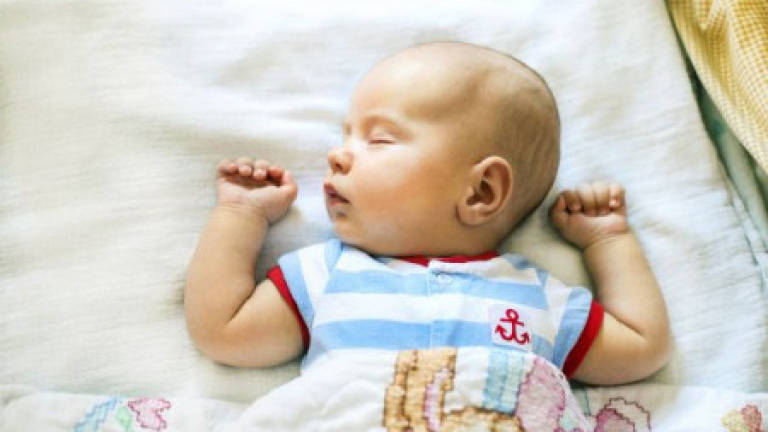Flat head syndrome: Research suggests early helmet therapy gives better results

RECENT research from Germany, published in Plastic and Reconstructive Surgery, the official medical journal of the American Society of Plastic Surgeons (ASPS), suggests starting helmet therapy as soon as possible in babies with mild plagiocephaly, also known as flat head syndrome, who don't respond to other treatments such as active repositioning and physical therapy.
Current recommendations to place babies on their backs to sleep, in order to reduce cases of sudden infant death syndrome, has made positional skull deformities – also called positional plagiocephaly – more common, according to the study.
Plagiocephaly, the flattening of one side of the head, can lead to mechanical complications, including maxillofacial or cervicobrachial complications (scoliosis, deformities of the jaw), or even cognitive complications.
Researchers at University Hospital Würzburg in Germany evaluated the effectiveness of helmet therapy (molding orthosis) in 144 infants with varying degrees of flat head syndrome.
The infants were divided into groups based on the age at which they would start helmet therapy (before 24 weeks, between 24 and 32 weeks, and 32 weeks or later) and the severity of their plagiocephaly (mild-to-moderate or moderate-to-severe). Helmets were worn for 19 weeks. The researchers defined treatment success as perceived minimal remaining asymmetry of the skull.
The researchers found that helmet therapy reduced skull flattening in all three age groups, but that the results were most effective when treatment was started at younger ages, with an 83% success rate for mild-to-moderate plagiocephaly when treatment started prior to 24 weeks, and a 50% success rate for moderate-to-severe cases. The success rate decreased to 69% for infants starting treatment between 24 and 32 weeks (30% for moderate-to-severe cases) and to 40% when treatment was started at 32 weeks or later (7% for moderate-to-severe cases).
The researchers suggest that the age and the severity of the plagiocephaly are two factors to take into consideration when developing individualized treatments. The findings suggest that helmet therapy should be started early in infants with mild plagiocephaly who don't respond to other treatments, such as active repositioning (changing sleep positions, breastfeeding positions, alternating sides when breastfeeding) and physical therapy. In more severe cases, helmet therapy should be started immediately, the study concludes.
The study is available here: https://insights.ovid.com/crossref?an=00006534-201708000-00022